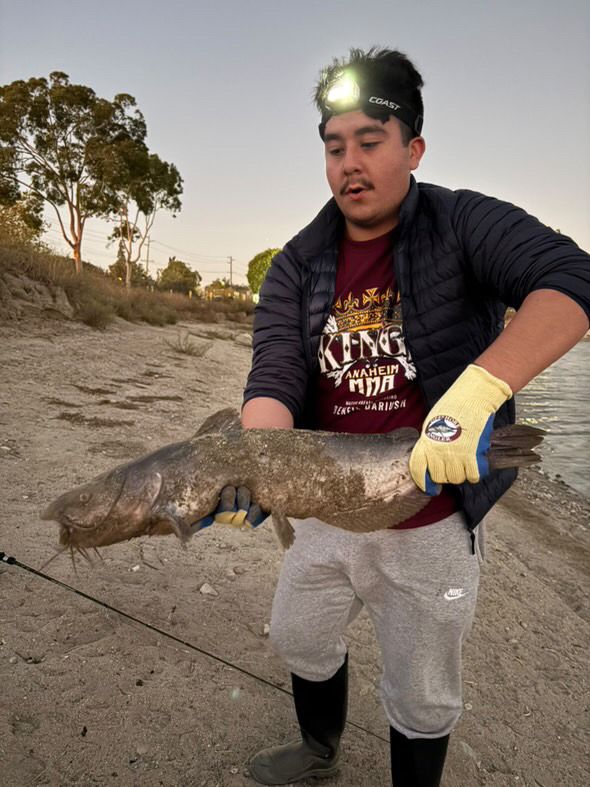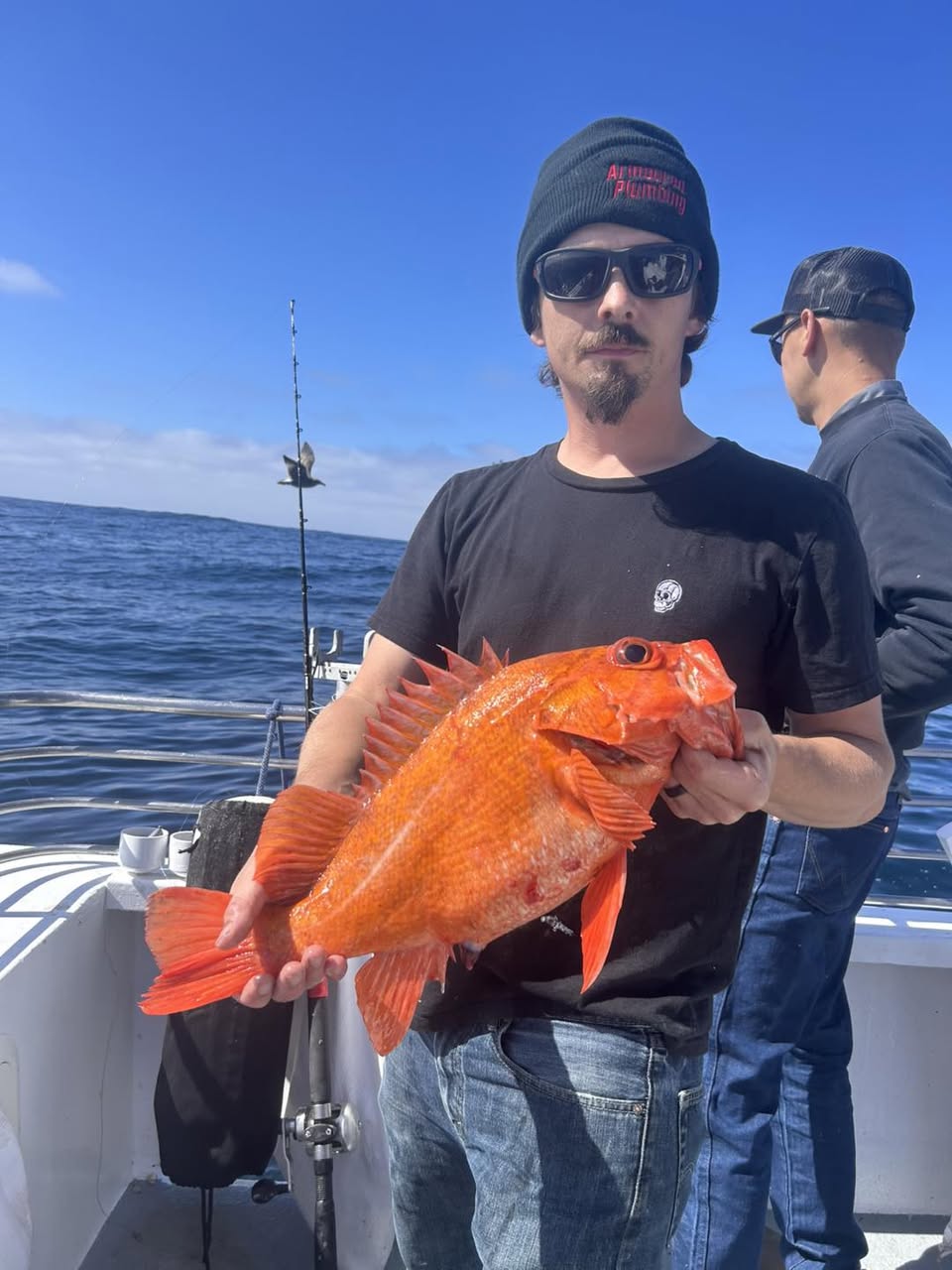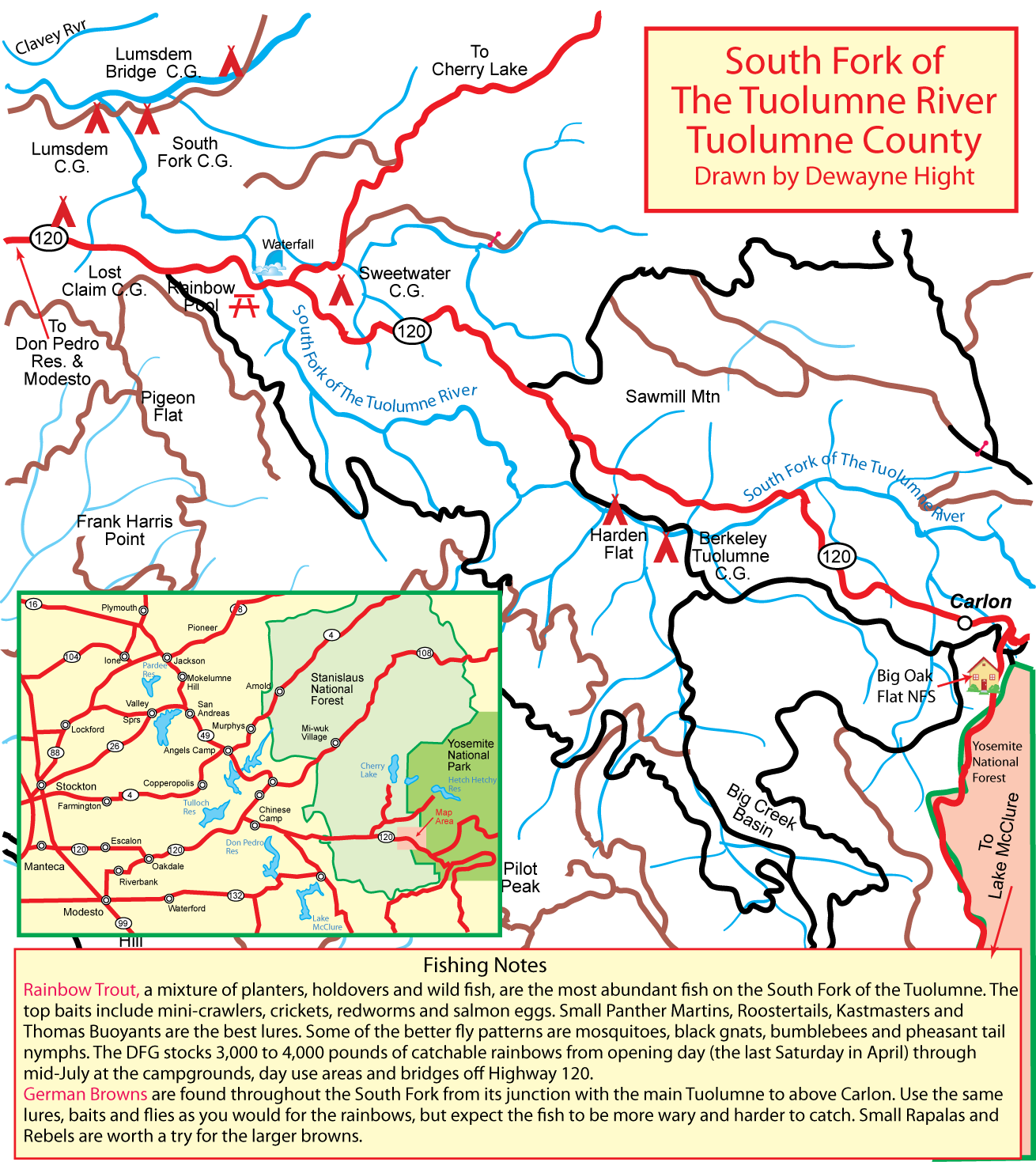
Santa Ana River Lakes Night Session
On Wednesday, October 8, I headed back to Orange County’s famous Santa Ana River Lakes, arriving around five o’clock in the evening for the night session. That gave me six hours to see what was biting...
Read MoreCheck out the new issue of The Fish Sniffer Magazine for October 17, 2025.
In this issue of The Fish Sniffer, we celebrate the arrival of Fall. Much cooler temperatures and even some rainfall have occurred, setting the stage for excellent fishing in Northern California. Trout, salmon, bass, panfish, stripers, catfish, and all other species are on the bite to fatten up for the lean winter season.
Check out the articles in this issue, including a full report on the opening week at Pyramid Lake, the Fall Rio Vista Striper Derby, and the 25th Annual Shasta Lake Trout Derby. Learn how to catch more fish and enjoy the great outdoors in Northern California this fall season.
The golden mussel problem continues to impact boaters statewide, causing major boat launch closures and strict new inspection and quarantine rules at several lakes. These rules are beginning to change, and some lakes—like Oroville and Bullards Bar—now allow same-day launches following an inspection. Always check the regulations at any lake before heading out.
All you need to know about fresh and saltwater fishing in Northern California is in the new issue of The Fish Sniffer Magazine!
What we're using
Jack Naves trolled the West Delta in his North River boat powered by a Yamaha outboard motor October 10-12. He trolled shallow running Magnum Rat-LTrap lures in the 3/4 ounce size and Yo-Zuri Crystal Minnow 5-1/4” deep divers to attract striped bass. The lures were run behind Ugly Stick Lite rods with Okuma Cold Water Low Profile Line Counter reels spooled with 25 lb. test Fins 40G braided fishing line.
Paul Kneeland fished Pyramid Lake with John Brassfield of Trucksmart stores and Brian Garcia of Alta in the Fish Sniffer Rogue Jet 21 Coastal. They caught Lahontan cutthroat trout to 16 1/2 pounds, using an Okuma SST 8’6” light Steelhead Rod with an Okuma Convector line counter reel loaded with 10 lb. test P Line. They trolled 4 inch watermelon Silver Horde and 4 inch Doctor Spoons in “Triple Threat” color and also several colors of Lyman and Silver Horde plugs behind Vance’s Cannonball flashers, trolling off Canon Downriggers at 60 to 90 feet deep and 2.3 mph.
Dan Bacher fished for largemouth bass at Folsom Lake. He used a Berkley Ugly Stik GX2 6’6” medium action spinning rod, teamed up with a Shakespeare GX235 spinning reel filled with 8 lb. test P-Line CX Premium Fluorocarbon Coated Line. He fished with wacky-rigged 5 inch Yamamoto Senkos in watermelon and green pumpkin/black flake on Gamakatsu Finesse Wide Gap Hooks in #1 and 1/0.
Trollers are catching big numbers of king salmon, kokanee salmon, rainbow trout and black bass. The fish are hitting T-pex lures and other offerings at anywhere from 40 to 100 feet deep.
Anglers continue to catch limits of stripers, along with some halibut and an occasional white seabass, while drifting live anchovies.
Fishing has been epic for trollers since opening day on October 1. Anglers are hooking some huge fish, including some in the 13 to 20 lb. range, while using an array of spoons and plugs.
Limits of rockfish, along with some lingcod, are the reward for anglers looking for great action. You should use jigs, swimbaits, bars and baited shrimp flies for the bottomfish.
King salmon are on the bite for experienced anglers. Fishermen can target salmon through October 31 in the stretch of river from the SMUD power line crossing at the southwest boundary of Ancil Hoffman Park downstream to the Jibboom Street Bridge.
Striped bass fishing continues to be excellent on the lower river out of Cuttings Wharf. You should troll with ¾ and 1 ounce Rat-L-Trap chrome and chartreuse lures.
The salmon season in the section of the Feather River from 200 yards above the Live Oak boat ramp to Highway 99 bridge remains open through October 31. The bag limit is one Chinook salmon.
Mackinaw are holding 50–150 feet deep off the west shore, Cal Neva Hole, and South Lake. Large plugs and jigged minnows are producing solid fish.
Rockfish and lingcod action has been hot. Anglers are nailing limits of rockfish and lingcod while fishing live bait, jigs, swimbaits and other offerings.
Anglers trolling with Yo-Zuri lures, tipped with plastic worm tails, are bagging stripers off the West Bank. Drifting live minnows and fishing with cut bait will improve as the water temperatures cool.
Expect the shore fishing for trout to improve as the water temperature cools down and the fish go on the bite. Use inflated nightcrawlers, PowerBait, Kastmasters and an array of lures to entice the rainbows.
Trout fishing for kayakers and bank anglers should perk up now that cool weather has arrived. Either troll with spinners and spoons or use nightcrawlers and PowerBait from the bank.
The lake should turn over soon with the arrival of cooler weather. Bank anglers and boaters can both find success with cooling water temperature.
Trout plants are expected to begin soon with the onset of colder weather. Troll with Trix Minnows and spinners behind dodgers or bait fish with nightcrawlers and PowerBait.
Expect the surfperch fishing to improve in the coming months as the fish move into the beaches to spawn. Cast out plastic grubs, live shrimp and bloodworms for the fish.
Catch-and-release sturgeon fishing should perk up with the runoff from the early winter storm. Fish salmon roe, lamprey eel and live ghost and grass shrimp for the diamondbacks.
Fresh insights from California's premier fishing destinations.
Your source for real-time fishing conditions and expert tips.

On Wednesday, October 8, I headed back to Orange County’s famous Santa Ana River Lakes, arriving around five o’clock in the evening for the night session. That gave me six hours to see what was biting...
Read More
SANTA CRUZ – While most anglers are focusing on rockfish and lingcod now that all depths are open, a few bluefin tuna are beginning to show in the Monterey Bay region. Three bluefin tuna caught by lo...
Read More
For many years, federal, state, and corporate proponents of building more dams in California have touted cold water river releases provided by increased water storage behind dams as a key tool in savi...
Read MoreDiscover California's premier fishing destinations with our comprehensive collection of detailed maps. From hidden mountain lakes to productive coastal waters, find your next adventure with precise coordinates, access points, and local insights.
